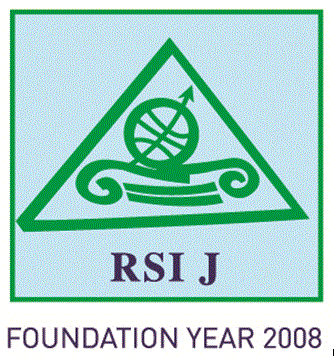Carmen BIZZARRI
European University of Rome – Via degli Aldobrandeschi,190 – Rome –
Abstract
The present globalization tends to assume in a lot of areas of our world – in particular in Mediterranean countries – some common geographical, social and cultural features.
While it assists in this homologation, there is a rediscovery of the different local value through the enforcement of the “subsidiarity principle” for determining a stronger cohesion in the local community.
Mass tourism, in a lot of traditional destinations, comes up against the limits that reduce the wellness of costumers, that lead to require new types of tourist services and aim to discover local resources and value.
In this direction, the tourists become a vehicle or tool of multicultural dialogue with residents and both communities absorb the cultural feature.
On account of this, new forms of personal relationships between tourist and resident are being established with economic, environmental and social consequences of utmost importance for the support of tourist development.
This behaviour of tourists tends to follow the innovative structures “horizontal networks”, which, in this paper, are analyzed by original instruments characterized by a high level of multidisciplinary.
